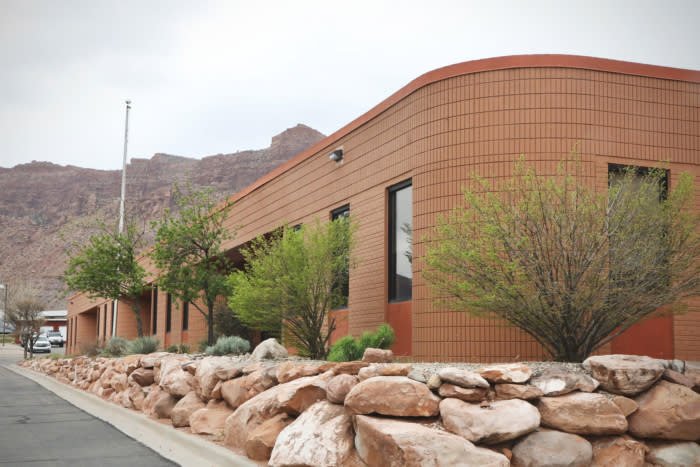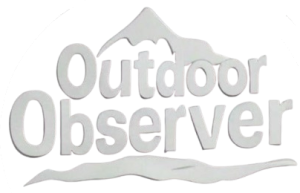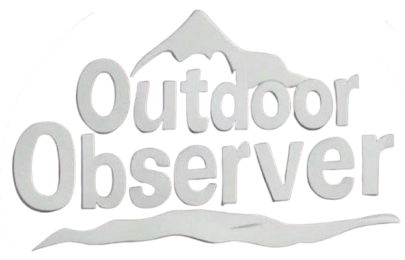This Content Is Only For Subscribers
The Department of Government Efficiency (DOGE), under the leadership of Elon Musk, has announced plans to terminate the lease of a crucial National Park Service (NPS) facility in Moab, Utah. This 35,358-square-foot office serves as the administrative hub for the Southeast Utah Group, overseeing operations for Arches and Canyonlands National Parks, as well as Hovenweep and Natural Bridges National Monuments. The proposed lease termination, aimed at saving approximately $8 million over ten years, has raised concerns about the potential impacts on park management and preservation efforts .

Potential Impacts of the Lease Termination
Displacement of Personnel and Resources: The Moab facility houses hundreds of NPS employees, along with essential vehicles and equipment. Its closure could disrupt daily operations, including maintenance, visitor services, and emergency response.
Threat to Archaeological Collections: The office also stores valuable archaeological artifacts. Relocating these items poses risks to their preservation and could hinder ongoing research and educational initiatives .
Community and Economic Concerns: Local officials and residents have expressed apprehension about the potential economic impact of the closure. The NPS presence contributes significantly to Moab’s economy through employment and tourism-related activities.
Operational Challenges: Without a central administrative facility, coordinating activities across the four parks and monuments may become more complex, potentially affecting the efficiency and effectiveness of park management.
This move is part of a larger initiative by DOGE to reduce federal expenditures by terminating leases and consolidating operations. While the agency reports substantial projected savings, critics argue that the long-term costs, including potential damage to natural and cultural resources and diminished public access to park services, may outweigh the immediate financial benefits .
The proposed closure of the Moab NPS facility underscores the tension between cost-saving measures and the mission of preserving and managing national parks. As discussions continue, stakeholders emphasize the importance of balancing fiscal responsibility with the stewardship of America’s natural and cultural heritage.



